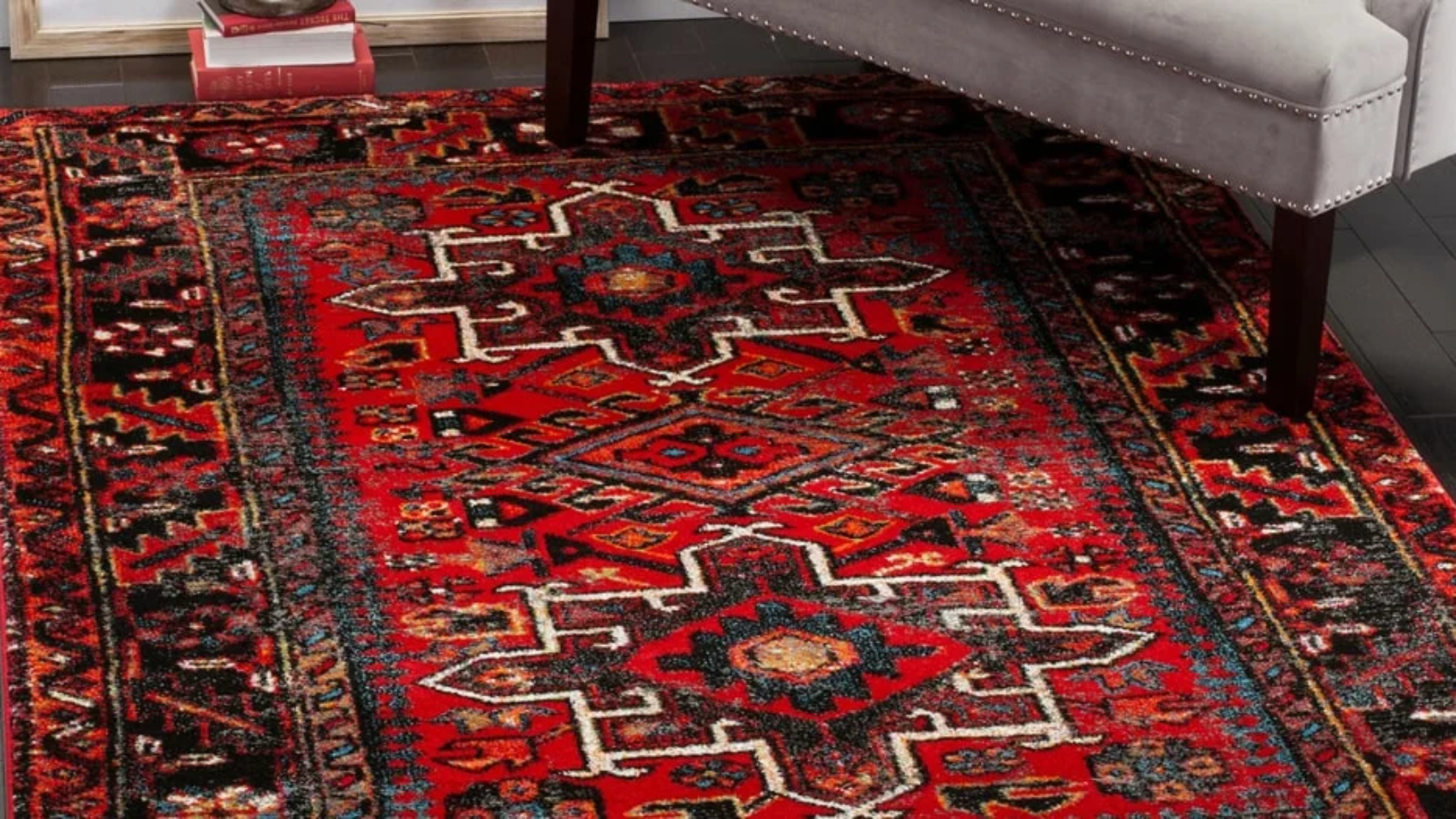Hamadan rugs are in high demand because of their high quality, extended lifespan, and vibrant colors that won’t fade over time. Rugs made in the Hamadan region are works of art. Here we have provided helpful information about this type of area rug.
What are the features of the Hamadan Rug?
- These rugs currently have cotton foundations, whereas, before 1915, they had wool foundations, typically with a camel-colored background.
- The high-quality wool used in Hamadan rugs helps them last a long time. It is because of the wool’s extreme toughness, durability, and robustness.
- Hamadan rug knot density ranges between 100.000 and 300.000 knots per 10.8 square foot.
- Each of the Hamadan village rugs has its distinct design that is easily recognized by an expert eye. The patterns range from floral and geometric to Herati designs in general.
- Geometric patterns dominate Hamadan rugs. Most rugs from this region feature medallion-and-corner or all-over boteh or Herati designs.
- Hamadan rugs are a wonderful addition to any home and are highly sought after, particularly for their superior quality, high durability, and vibrant colors.
- Weavers in Hamadan typically made rugs for practical purposes. Most often, these rugs are narrow in width or used as runners. Rugs from Hamadan are available in dimensions ranging from 9 feet by 13 feet to 11.5 feet by 13.5 feet. Hamadan runners range from 9.5 feet x 55.5 feet to 6 feet x 108 feet.
- Almost all rugs from this area have a color scheme based around the primary colors, with neutral backgrounds in ivory, red, blue, or brown. They typically feature vivid colors.
The Background of Hamadan Rugs
Villagers in western Iran’s mountainous Hamadan region produce Hamadan rugs. Hamadan is a generic term for the simplest rugs. Hamadan rugs are a general term for rugs from a large region centered on Hamadan, including neighboring provinces. The entire rug weaving region consists of approximately 1500 distinct villages in and around Hamadan.
The village’s weaving tradition determines the specific weave patterns used. Each of these villages produces two different styles of rugs on average, with some villages producing more. This means that there are approximately 3,000 different types of Hamadan rugs.
Most of these rugs’ names reflect their geographic origins. The highest quality rugs from these regions earn their brand names on the market.
The last word
Rug collectors Know antique Hamadan Persian rugs are the best investment they can make. The hand-woven rugs made in Hamadan are works of art and have influenced modern ones. Owning a Hamadan rug is holding a piece of ancient history. These rugs are exceptionally well-made, with high-quality materials, an impressive color palette, and a weaving technique that contributes to their outstanding durability.
